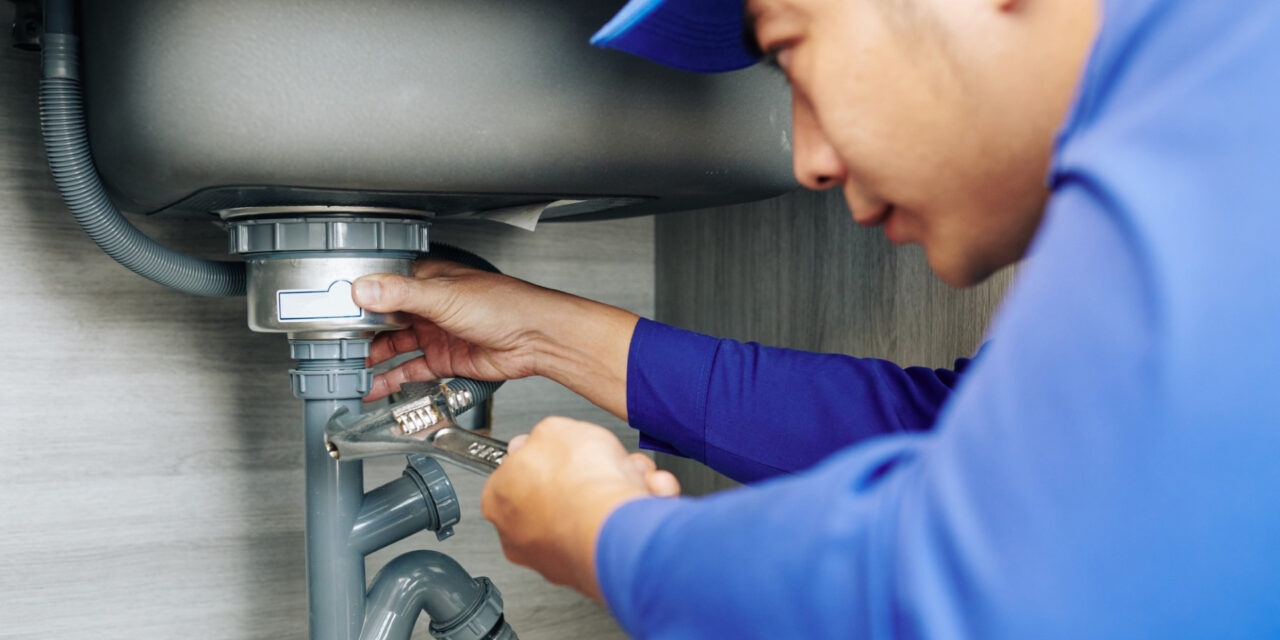6 Ways to Locate Hidden Water Leaks in Your House
6 Ways to Locate Hidden Water Leaks in Your House
Blog Article
The publisher is making a number of great observations related to Finding hidden leaks overall in the article underneath.

Early discovery of leaking water lines can mitigate a prospective disaster. Some little water leaks may not be visible.
1. Analyze the Water Meter
Every residence has a water meter. Checking it is a guaranteed way that assists you uncover leakages. For starters, shut off all the water sources. Guarantee nobody will flush, utilize the tap, shower, run the cleaning equipment or dish washer. From there, most likely to the meter and also watch if it will certainly transform. Given that nobody is using it, there must be no motions. That indicates a fast-moving leak if it moves. If you identify no changes, wait a hr or 2 as well as check back again. This means you might have a slow-moving leakage that might even be below ground.
2. Inspect Water Consumption
If you spot unexpected changes, in spite of your consumption being the exact same, it means that you have leakages in your plumbing system. An unexpected spike in your costs suggests a fast-moving leakage.
A stable rise every month, even with the exact same behaviors, shows you have a sluggish leakage that's also slowly rising. Call a plumber to thoroughly inspect your residential or commercial property, specifically if you feel a warm area on your flooring with piping underneath.
3. Do a Food Coloring Test
30% comes from bathrooms when it comes to water usage. Examination to see if they are running properly. Decrease flecks of food shade in the tank and wait 10 minutes. There's a leak between the storage tank and also dish if the shade in some way infiltrates your dish throughout that time without flushing.
4. Asses Exterior Lines
Do not neglect to inspect your outdoor water lines too. Needs to water permeate out of the connection, you have a loose rubber gasket. One little leakage can lose lots of water and increase your water expense.
5. Evaluate the situation and also examine
Property owners should make it a behavior to inspect under the sink counters and even inside cabinets for any kind of bad odor or mold development. These two warnings suggest a leak so punctual interest is called for. Doing routine inspections, also bi-annually, can conserve you from a major trouble.
Examine for discolorations and also weakening as a lot of appliances and pipelines have a life expectancy. If you think dripping water lines in your plumbing system, don't wait for it to rise.
Early detection of dripping water lines can mitigate a potential disaster. Some little water leakages may not be visible. Examining it is a guaranteed means that assists you uncover leaks. One tiny leakage can throw away lots of water as well as spike your water expense.
If you believe dripping water lines in your plumbing system, do not wait for it to rise.
WARNING SIGNS OF WATER LEAKAGE BEHIND THE WALL
PERSISTENT MUSTY ODORS
As water slowly drips from a leaky pipe inside the wall, flooring and sheetrock stay damp and develop an odor similar to wet cardboard. It generates a musty smell that can help you find hidden leaks.
MOLD IN UNUSUAL AREAS
Mold usually grows in wet areas like kitchens, baths and laundry rooms. If you spot the stuff on walls or baseboards in other rooms of the house, it’s a good indicator of undetected water leaks.
STAINS THAT GROW
When mold thrives around a leaky pipe, it sometimes takes hold on the inside surface of the affected wall. A growing stain on otherwise clean sheetrock is often your sign of a hidden plumbing problem.
PEELING OR BUBBLING WALLPAPER / PAINT
This clue is easy to miss in rooms that don’t get much use. When you see wallpaper separating along seams or paint bubbling or flaking off the wall, blame sheetrock that stays wet because of an undetected leak.
BUCKLED CEILINGS AND STAINED FLOORS
If ceilings or floors in bathrooms, kitchens or laundry areas develop structural problems, don’t rule out constant damp inside the walls. Wet sheetrock can affect adjacent framing, flooring and ceilings.
https://www.servicemasterbyzaba.com/blog/how-to-detect-water-leakage-in-walls/

As a serious reader on Hacks to detect leaks, I was thinking sharing that piece of content was really useful. Sharing is caring. Helping others is fun. Thanks for your time. Come back soon.
Report this page